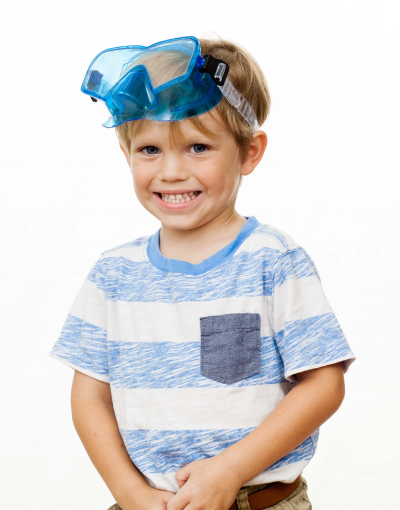
What Is Pulp Therapy?
“Pulp” refers to the tissue, nerves and blood vessels that make up the interior cavity and root canal of your child’s tooth. The pulp in your child’s tooth can be damaged through injury or tooth decay, and pulp therapy’s primary goal is to restore and repair damaged pulp in your child’s mouth. Also known as a root canal, pulpotomy or pulpectomy, pulp therapy helps save and restore the affected baby tooth.
Causes And Symptoms Of Pulp Damage
Accidents can happen, and when they do, here are some potential causes of pulp damage:
- Deep tooth decay
- Cracks or chips in your child’s tooth
- Repeated dental procedures
Sometimes, you may not be sure if there is pulp damage present after an accident or repeated dental procedures. Symptoms of pulp damage can be:
- Visible injuries to your child’s tooth
- Increased sensitivity to temperature
- Spontaneous pain in a tooth
- Swelling of tissue around the tooth
- Dull, aching pain associated with biting or chewing.
If you think your child may have symptoms of pulp damage, contact one of our conveniently located Charleston offices.
Types Of Pediatric Pulp Therapy
There are two types of pulp therapy – pulpotomy and pulpectomy. Both procedures aim to restore and save the pulp of the affected tooth, and our dentists can perform the procedure in any of our 9 Charleston offices.
Pulpotomy
A pulpotomy procedure simply removes the damaged or infected tissue from the tooth to relieve the surrounding healthy pulp. We will then clean the affected tooth and apply a medicated filling to protect the tooth in the future.
Pulpectomy
A pulpectomy is sometimes referred to as a “baby root canal.” This procedure removes all of the pulp in the affected tooth and then cleans the tooth and typically involves applying a restorative crown to the affected tooth. Pulpectomies are performed when there is severe tooth decay or serious trauma or injury.
Preventing Pulp Damage
Pulp damage can be prevented by keeping your child’s teeth happy and healthy. Establishing a dental hygiene routine at home, protecting your child’s teeth with a mouthguard during contact sports, and visiting your pediatric dentist regularly can help keep your child’s teeth and mouth healthy.
